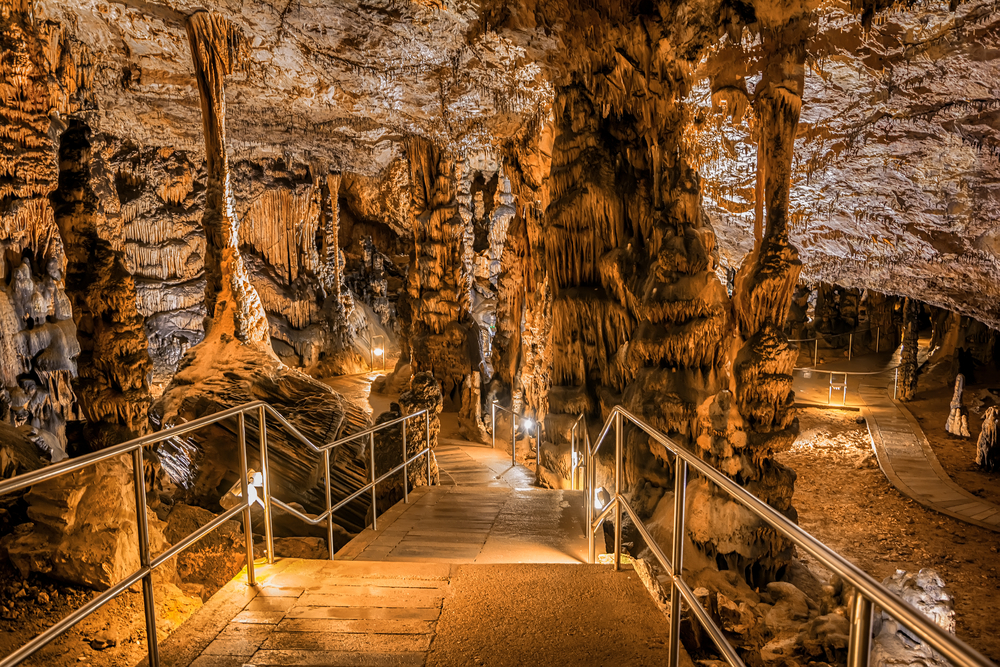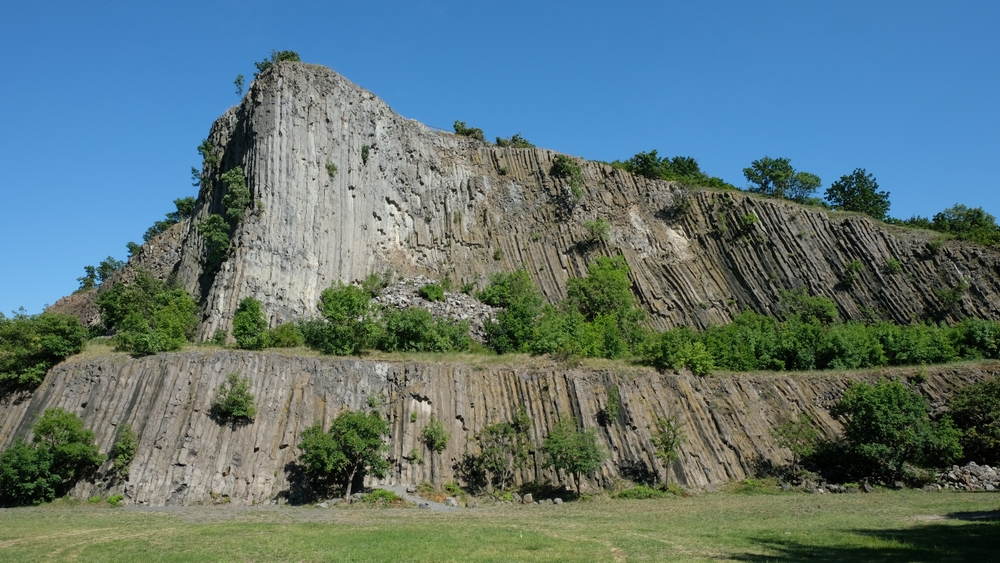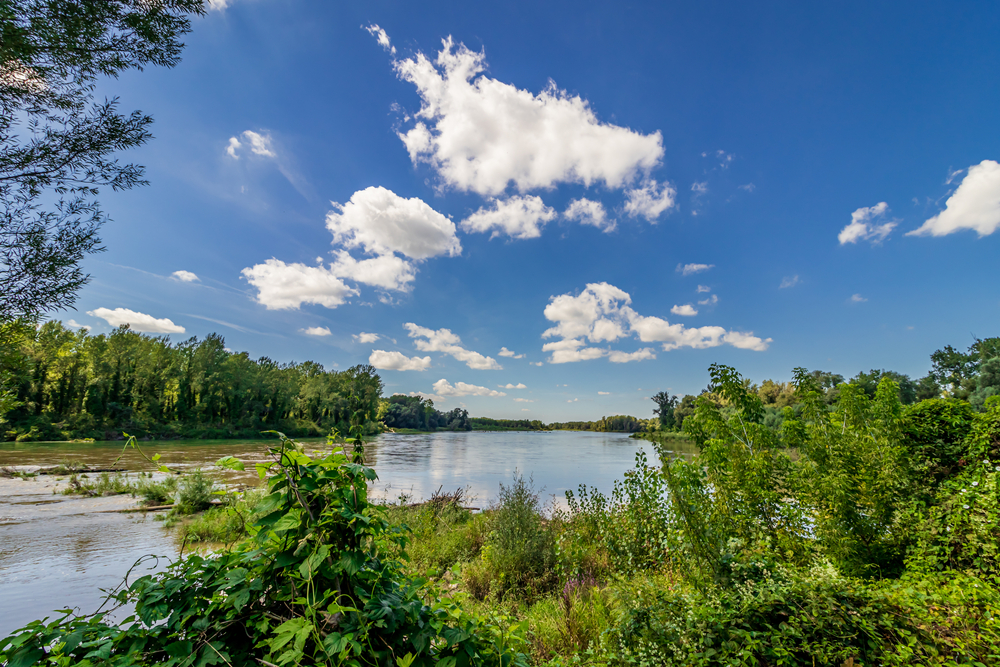Fertő-Hanság Overview
Fertő-Hanság National Park, known as Fertő-Hanság Nemzeti Park in Hungarian, is a protected area spanning approximately 322 square kilometers (124 square miles) in northwestern Hungary, near the Austrian border.
Established in 1991, the park encompasses the Hungarian portion of Lake Neusiedl (Fertő tó) and the marshlands, meadows, and forests of the Hanság region. This diverse landscape is part of the larger Neusiedler See-Seewinkel Biosphere Reserve, a UNESCO World Heritage Site recognized for its unique wetland ecosystems and cultural significance.
The terrain of Fertő-Hanság National Park is defined by its vast reed-covered lake shores, saline meadows, and wetland habitats interspersed with oak and willow groves. Lake Fertő, a shallow steppe lake, is a dominant feature of the park, with its fluctuating water levels and extensive reed beds providing a sanctuary for many bird species.
The Hanság region, historically a vast swamp drained for agriculture in past centuries, has seen partial restoration efforts to bring back its wetland environment. The combination of open water, reedy marshes, and dry grasslands creates a mosaic of habitats that support a high level of biodiversity.
The park is a haven for wildlife, particularly bird species, as it lies on a major migratory route. It is home to more than 300 bird species, making it one of the most significant birdwatching locations in Central Europe. Visitors can spot great egrets, spoonbills,
Eurasian bitterns, and the rare saker falcon. During migration seasons, thousands of geese, including greylag and bean geese, rest in the park’s wetlands. Among mammals, European ground squirrels, red deer, roe deer, and wild boar roam the grasslands and woodlands. The park’s wetlands also support amphibians such as the European tree frog and fire-bellied toad, alongside numerous fish species inhabiting the lake.
Visitors to Fertő-Hanság National Park can explore its natural beauty through a variety of activities. Birdwatching is a primary attraction, with several observation towers and trails designed for spotting rare and migratory birds. The lake itself offers opportunities for canoeing and guided boat tours, providing an up-close view of the reed beds and aquatic life.
Cyclists can take advantage of the extensive bike trails encircling Lake Fertő, connecting Hungarian and Austrian sections of the park. For those interested in history and culture, the nearby Esterházy Palace in Fertőd and traditional thatched-roof villages around the lake offer insights into the region’s heritage. Guided nature tours introduce visitors to the park’s ecological significance, while photography enthusiasts can capture its striking landscapes and diverse wildlife.
Conservation efforts in Fertő-Hanság National Park have focused on restoring wetland habitats and maintaining biodiversity. Water management projects have been implemented to balance ecological needs with agricultural demands, ensuring the survival of sensitive wetland species.
The park also plays a crucial role in international conservation efforts, working with Austrian and European partners to protect migratory birds and maintain the ecological integrity of the Neusiedler See region. Despite these successes, challenges remain, including habitat degradation due to climate change, invasive plant species, and human activity.
However, ongoing research and sustainable tourism initiatives aim to preserve this remarkable ecosystem for future generations.















































































